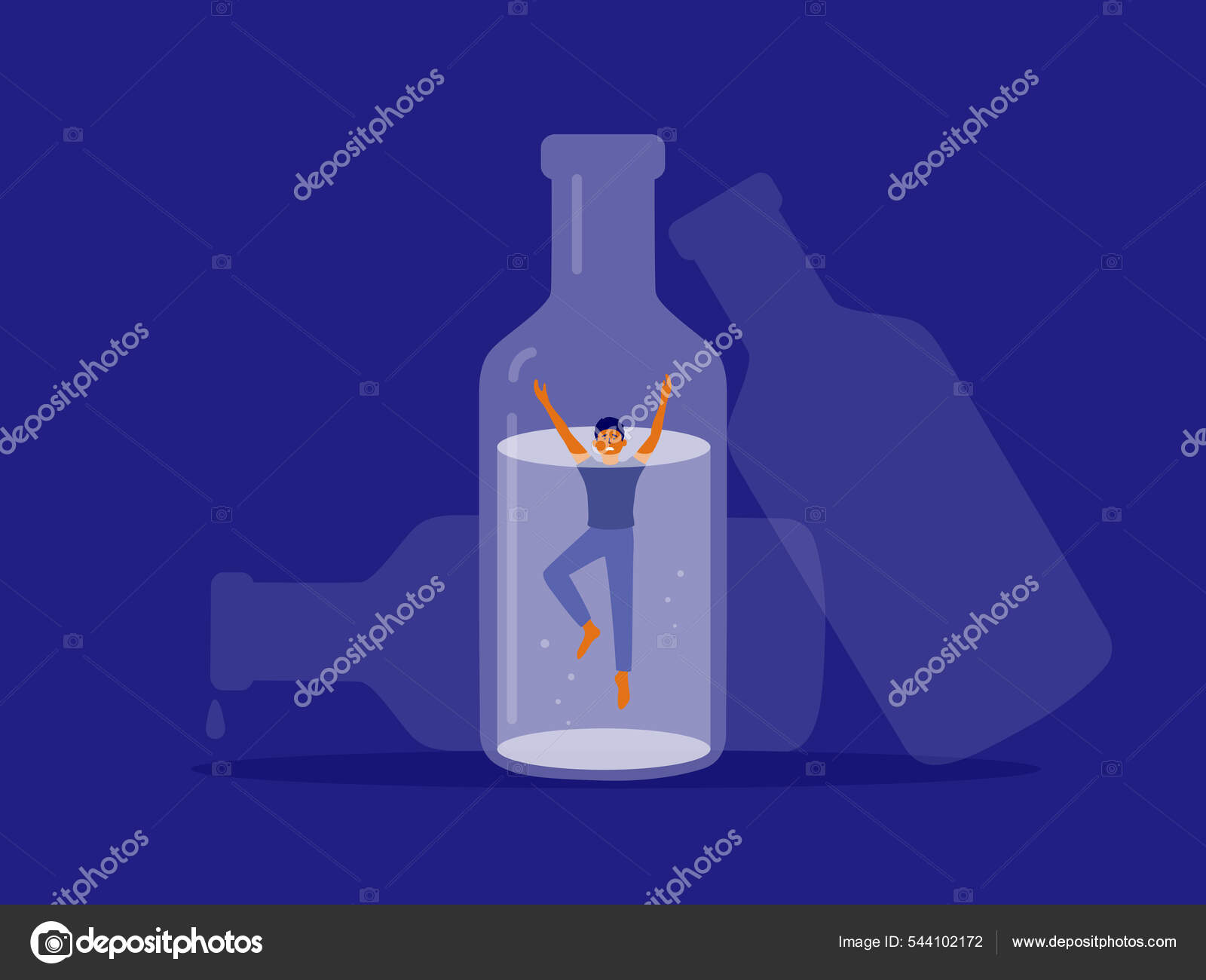
And as the classic 1971 Stanford prison experiment demonstrated, creating situations in which the severe treatment of powerless people is rewarded inevitably yields abuse. Studies found that Synanon’s "encounter groups" could produce lasting psychological harm and that only 10 to 15 percent of the addicts who participated in them recovered.

However, there is little evidence that harsh behavior modification techniques can solve these problems. Today, troubled-teen programs use Synanon-like tactics, advertising themselves to parents as solutions for everything from poor study habits to substance misuse. "went from the first ever no doctor involved self help drug rehab (Synanon I), to a building of a new society in Synanon cities to lead the world into the 21st Century (Synanon II), to becoming a self-claimed religion (Synanon III)." Īccording to Maia Szalavitz, author of Help at Any Cost: How the Troubled-Teen Industry Cons Parents and Hurts Kids, "Synanon sold itself as a cure for hardcore heroin addicts who could help each other by ‘breaking’ new initiates with isolation, humiliation, hard labor, and sleep deprivation." In an article for Mother Jones, Szalavitz writes, According to possibly the earliest published account of the name in Santa Monica's Evening Outlook of Januin an article by R.



 0 kommentar(er)
0 kommentar(er)
